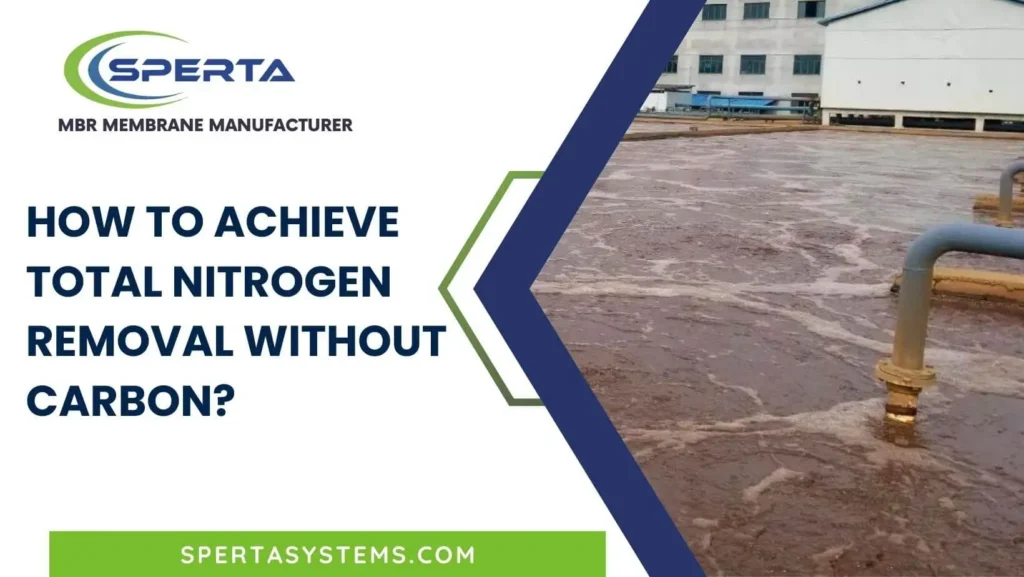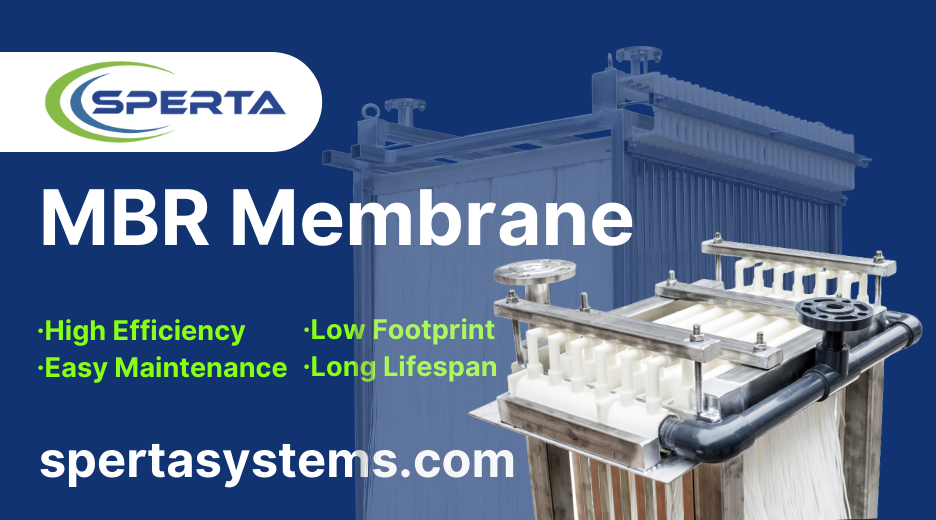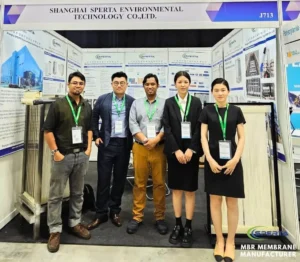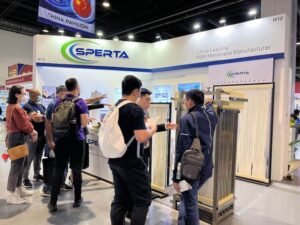Removing the total nitrogen is always an important task in wastewater treatment. The conventional biological nitrogen removal processes usually rely on an organic carbon source as an electron donor. However, in low-carbon waters or anoxic processes, the carbon source may become a limiting factor in specific environments. So, how can total nitrogen be effectively removed without adding additional carbon sources?
What Are the Causes of Total Nitrogen Exceedance?
Incomplete removal of ammonia nitrogen: ammonia nitrogen is the main component of total nitrogen. Suppose the ammonia nitrogen is not effectively removed, such as blocked nitrification, or the ammonia nitrogen concentration is too high to inhibit the denitrification. In that case, it will lead to the total nitrogen exceeding the standard.
Insufficient carbon source: In denitrification, microorganisms need enough organic carbon sources for energy. Theoretically, the CN ratio should reach 2.86, but in practice, it is generally controlled between 4 and 6. If the carbon source is insufficient, it will affect the conversion of nitrate nitrogen by denitrifying bacteria, which will cause the total nitrogen to fail to meet the standard.
Improper internal and external recirculation ratio: In biological denitrification systems such as the AO (Anoxic-Oxic) process, the recirculation ratio is crucial for denitrification efficiency. A low recirculation ratio can lead to insufficient nitrate supply in the anoxic tank, affecting denitrification. Conversely, a high recirculation ratio may cause dissolved oxygen (DO) levels in the anoxic tank to be excessively high, disrupting the anaerobic environment required by denitrifying bacteria and then impacting the overall efficiency of total nitrogen removal.
Improper sludge loading and sludge age: Efficient biological nitrification and denitrification processes require appropriate sludge loading and a longer sludge age. Low loading and high sludge age benefit nitrifying bacteria’s growth and stability. If these two parameters are not set correctly, it may result in poor efficiency of the nitrification reaction, ultimately leading to total nitrogen discharge exceeding the standards.
Other factors: These include short retention time in the denitrification tank, good sludge settling properties leading to significant sludge loss, unsuitable temperatures, and large fluctuations in pH value, all of which can also affect the effectiveness of total nitrogen removal.
How to Solve Total Nitrogen Exceedance?
Optimize Ammonia Nitrogen Removal Process: Select and optimize the ammonia nitrogen removal method based on actual conditions, such as breakpoint chlorination, stripping, or enhanced biochemical treatment processes.
Supplement Carbon Source: Ensure a sufficient supply of biodegradable carbon sources by adding external carbon or optimizing influent mixing to improve the BOD/COD ratio in the wastewater, meeting the demands of denitrification.
Adjust Recirculation Ratio: Based on the characteristics of different wastewater treatment facilities, scientifically calculate and monitor on-site to timely adjust the internal and external recirculation ratios, ensuring that the denitrification unit is adequately supplied with nitrates while maintaining good anoxic conditions.
Control Sludge Load and Extend Sludge Age: Appropriately reduce the sludge load of the biological denitrification system and increase the sludge age within the bioreactor to ensure the growth and reproduction of nitrifying bacteria, enhancing the system’s nitrification capacity.
Comprehensive Monitoring and Refined Management: Strengthen daily operational management, regularly check the operating parameters of each process, promptly identify and correct any abnormalities, ensuring the stable and efficient operation of the entire wastewater treatment system.
The above is the information about how to remove total nitrogen. If you still have related questions about the wastewater treatment, please feel free to contact SPERTA.
Shanghai SPERTA Environmental Technology Co., Ltd. has specialized in producing water treatment products for many years. The company has its own MBR membrane technology, a complete technical team, and pre-sales and after-sales service. If you have any needs, please feel free to contact us.









